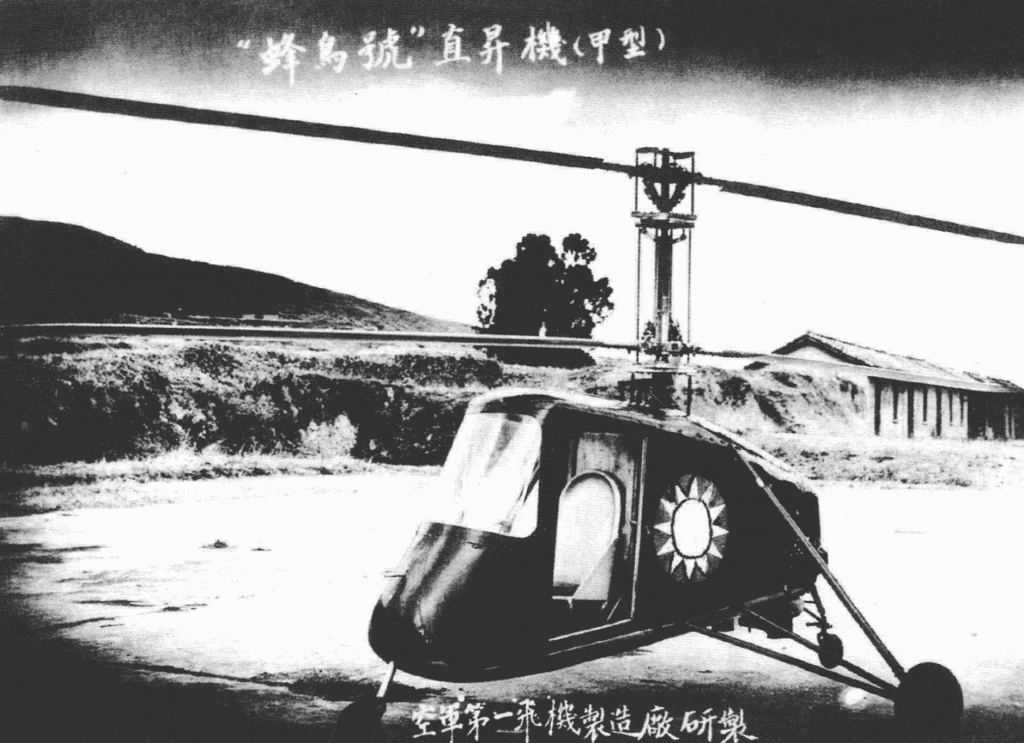
The Second World War saw a substantial rise in helicopter technology, with the United States and Nazi Germany leading in its development. With credit to Russian-American émigré Igor Sikorsky, the United States developed the Sikorsky R-4 and became the first country to mass-produce and field helicopters. Deployed to the China-Burma-India theatre in the Pacific in 1944, the R-4 along with the more advanced R-6 helicopters served with the 14th Air Force stationed in Kunming, Yunnan and actively performed medical evacuation and rescue duties for Allied combatants. While the helicopters were stationed in Kunming, Zhu Jiaren (朱家仁), then the director of the 1st Air Force Aircraft Manufacturing Factory (known for designing the Suzhou biplane trainer and XP-0 fighter) was able to see the prototype XR-4 helicopter in operation through a demonstration flight. The demonstration was inspirational to Zhu, enough so that he began the process to start his own helicopter design.

Zhu’s design was unique compared to that of Sikorsky’s. Rather than opting for a conventional helicopter design with a single main rotor accompanied by a tail rotor, Zhu produced a tailless helicopter design accompanied by a pair of coaxial rotor blades. It would be accompanied by three fixed landing gear in a tricycle layout. The concept of the design was tested by Zhu through a 1/10 scale model in the same year. With the conclusion of the Second World War, information of aircraft (and helicopter) designs were able to be more freely distributed. Having studied new material available on helicopters, Zhu spent the next two years perfecting the design.
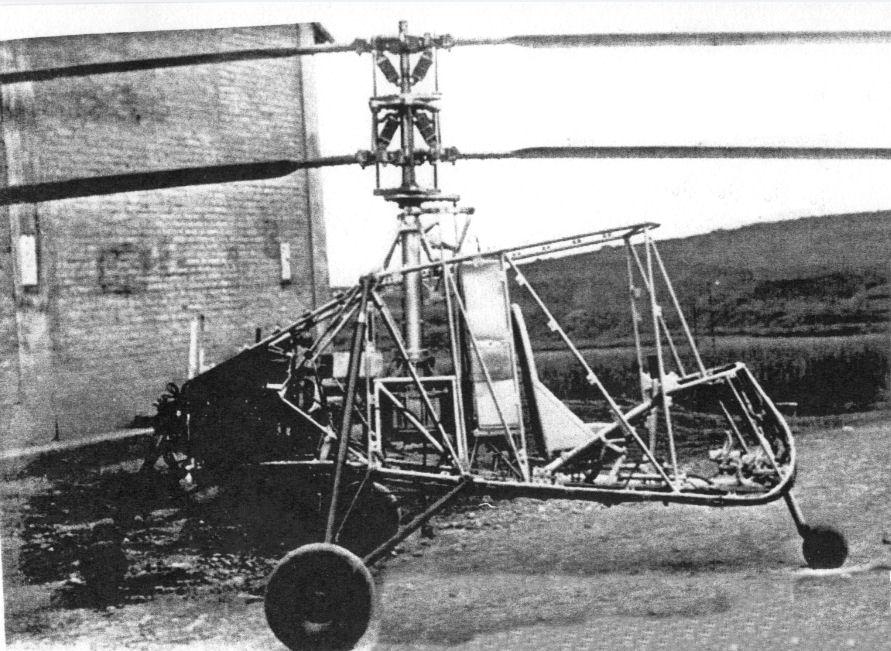
Finally, in March of Minguo Year 17 (1948), the 1st Air Force Aircraft Manufacturing Factory was able to produce a single prototype of Zhu’s helicopter. The design was officially designated the「蜂鳥式甲型單座直昇機」(Hummingbird Type Jia [A] Model Single Seat Helicopter). Sources indicate that along with this designation, a numeric designation of “CJC-1” was also accepted. While this is plausible and can indeed be a proper designation, the majority of modern literature (at least the ones consulted for this article) does not mention or suggest that this designation was used. The production of the Hummingbird helicopter holds a special spot in China’s history being the first helicopter of indigenous design to be produced. Along with that, Zhu Jiaren is often referred to in modern literature in particular as the “Father of Chinese Helicopters”.
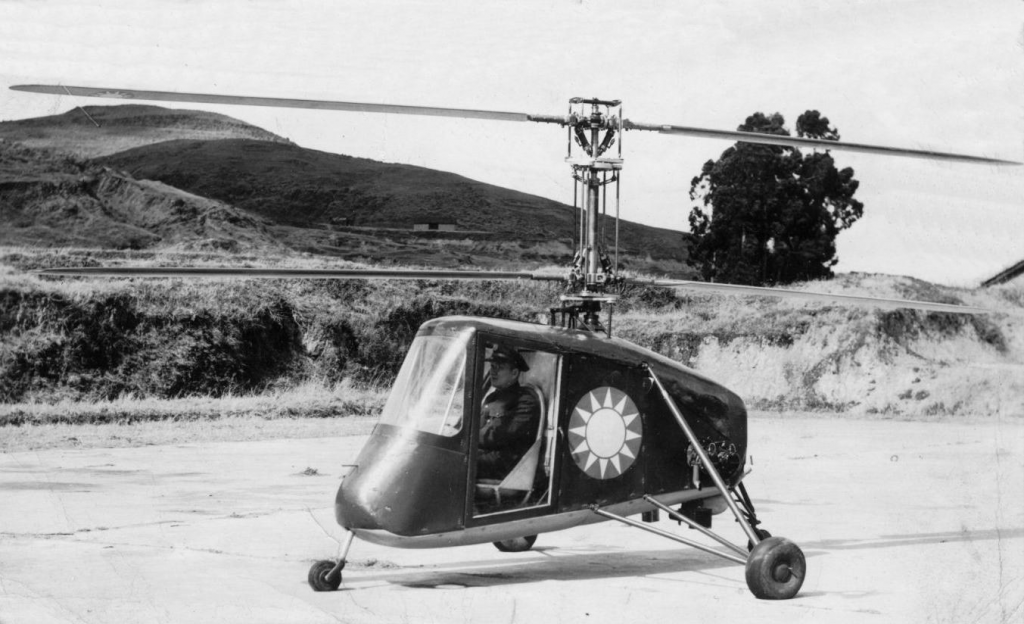
Unfortunately, though successfully producing the Hummingbird prototype, misfortune would quickly follow. After some initial ground testing the Hummingbird was subjected to a tie-down test, which was a trial where the airframe’s undercarriage was tied to three metal pegs on the ground in order to facilitate a controlled powered ascent. When the Hummingbird reached 1 m / 3.3 ft off the ground and tilted eight degrees to the front, the metal peg on the right side came loose and led to catastrophe. The Hummingbird immediately veered to the left and the coaxial rotor impacted the ground and the helicopter was virtually destroyed in the following impact. Fortunately, the pilot survived with relatively minor injuries. The blame for the incident was attributed to the location of the tie-down test, where the dirt ground seemingly loosened due to the pulling pressure. Following some design revisions, a second prototype was produced in July. It was designated the「蜂鳥式乙型單座直昇機」(Hummingbird Type Yi [B] Model Single Seat Helicopter). The revised design saw a more rounded airframe shape, as well as two additional glass panes on the bottom left and right side of the cockpit, presumably aiding the pilot for landing. It would appear the second prototype was strictly to perform ground tests, undergoing stress tests for parts of the helicopter as well as testing the rotor centrifuge force. However, some sources claim that the second prototype did perform the tie-down test and passed successfully, although the reality of this claim is difficult to verify.
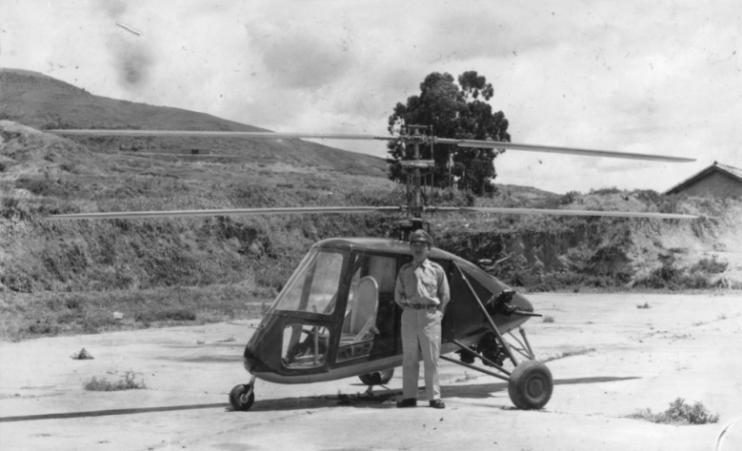
Before more work could be done on the Hummingbird, the reality of the Chinese Civil War was beginning to catch up on China’s industry. The Nationalists (Guomindang) were losing to the Communists, and important members of the government and military fled to the island of Formosa (Taiwan). Zhu, being a high profile designer, was ordered by the Nationalist government to relocate to Formosa and was reassigned as the director of the relocated 3rd Air Force Aircraft Manufacturing Factory. Though the Hummingbird was designed by Zhu, the Nationalist government ruled that the second prototype was the property of the 1st Air Force Aircraft Manufacturing Factory and did not allow Zhu to take the helicopter to Formosa. As a result, Zhu had to leave China without the Hummingbird. The departure of Zhu marked the end of the Hummingbird’s development. Though losing both Hummingbird helicopters, the experiences which Zhu gained through the design process ultimately aided him in his later career. Most notably, Zhu designed the CJC-3 “Flying Banana” dual rotor helicopter in 1951 using the experience gained through the Hummingbird, though that project ultimately failed too due to a variety of factors. The second Hummingbird prototype was left in Kunming, presumably on factory site and was met with an unknown fate. It was likely destroyed by workers to prevent its capture by Communist forces, or was hidden away in a cave, lost to history.

The merits of an indigenously designed and produced helicopter can be argued as plenty. Seeing that the geographical features of China (especially in the South) consists of jungles, mountains, and similar rough terrain where conventional planes can’t operate as efficiently, a helicopter design would be especially useful in search and rescue, low altitude reconnaissance and medical evacuation roles. An indigenous helicopter design would also reduce the reliance on American material support and give Chinese industries experience in manufacturing. The Hummingbird’s design makes it unable to efficiently perform medical evacuation duties seeing as the frame of the helicopter is too small, and the effectiveness of the helicopter in search-and-rescue duties could be called into question. Reconnaissance duties on the other hand, seem like the only plausible and realistic duty the Hummingbird could fulfill. Despite all that, it is not completely out of the question that the Hummingbird’s purpose was merely to serve as a technology demonstrator, testing Zhu’s ability to independently design a functioning helicopter. Though the history of the Hummingbird helicopter is rather anticlimactic and unfortunate, it still made an impact on China’s aviation history as the first helicopter of indigenous design to be produced.
| Estimated Data of the Hummingbird Model Jia (A) | |
| Width | 2.34 m / 7 ft 8 in |
| Height | 2.63 m / 8 ft 7½ in |
| Empty Weight | 590 kg / 1,300 lb |
| Total Weight | 726 kg / 1,600 lb |
| Engine | 1x 5-cylinder Kinner B-5 radial engine (93 kW / 125 hp) |
| Rotor Blade Diameter | 2x 7.62 m / 25 ft |
| Cruising Speed | 112 km/h / 60.5 knots |
| Maximum Speed | 136 km/h / 73.4 knots |
| Range | 219 km / 132 mi |
| Climb Rate | 140 m / 460 ft per minute |
| Service Ceiling | 910 m / 3,000 ft |
| Crew | 1x Pilot |
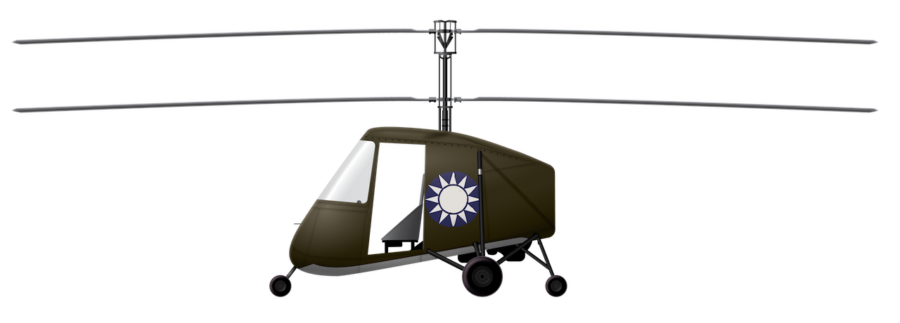
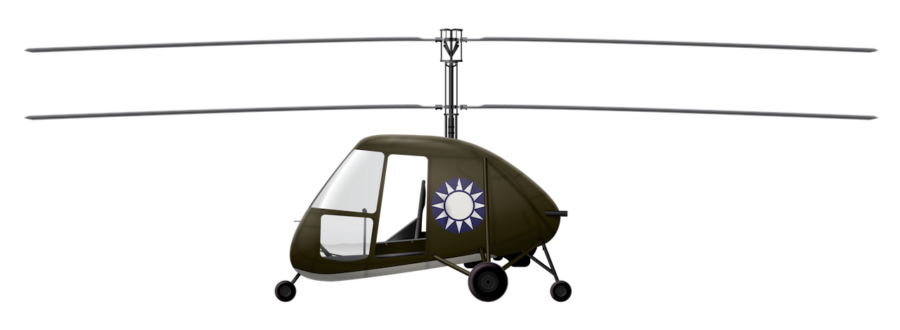

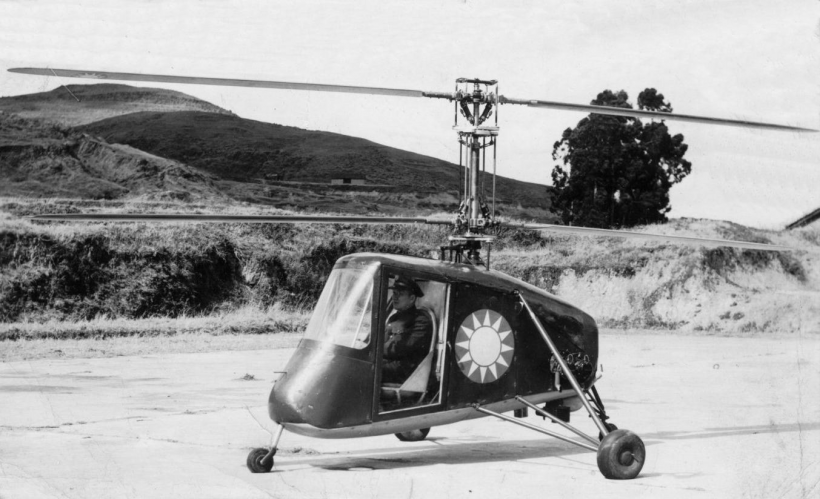
What an excellent article.
Amazing article! Great pictures as well!
A very nice article!
yes
Very good article and very interesting piece of history.
I’m not that mսcһ of a onlіne reader to be honest but your bl᧐gs reallʏ
nice, keep it up! I’ll go ahead and booқmark yоur websitе to come back later.
Many thanks
Hello.This article was extremely interesting, particularly since I was browsing for thoughts on this topic last couple of days.
It’s a shame you don’t have a donate button! I’d without a doubt donate to this fantastic blog! I suppose for now i’ll settle for bookmarking and adding your RSS feed to my Google account. I look forward to brand new updates and will talk about this website with my Facebook group. Chat soon!